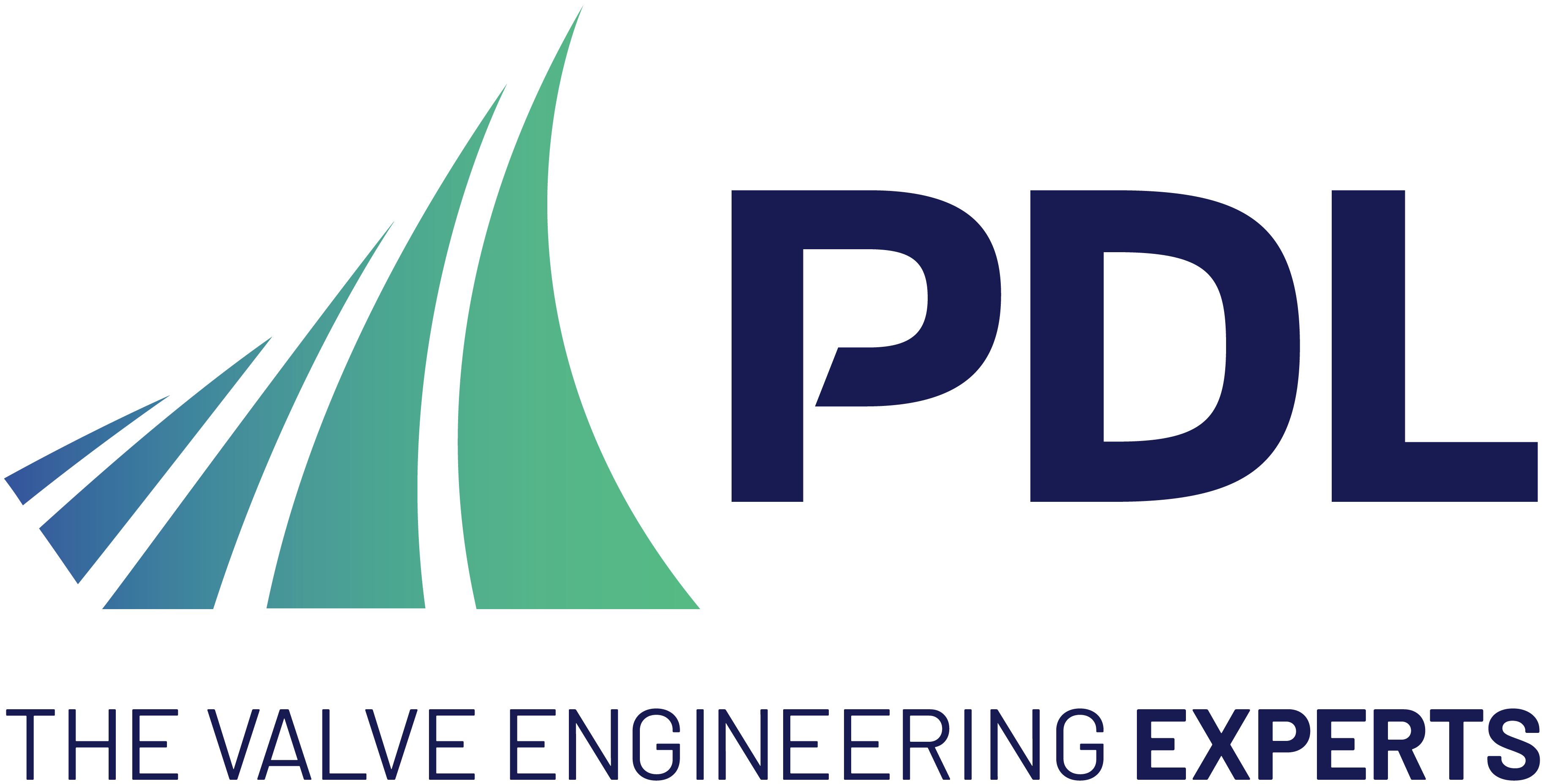PDL’s Advanced CFD Analysis Explores Design Options


Figure 1: Concept design showing the turbine (blue), bypass valve piston (red) and pressure drop locations (green).

Figure 2: Response surfaces for power (left) and pressure drop (right) as functions of flow rate and RPM.

Figure 3: Comparison of the CFD flowfield (left) and the surrogate flowfield (right).
PDL were a key partner on a project funded by Ofwat’s (Water Services Regulation Authority) Innovation Fund to investigate the feasibility and potential advantages of hydro-powered smart meters. The idea was to capitalise on the existing water network and develop a smart meter concept that could harvest energy from flowing water using a turbine, thereby removing the dependency on limited capacity batteries. This self-powering meter would enable enhanced granularity of flow usage information for utility companies and, with additional flow data such as pressure, allow network leaks to be better detected and located.
The PDL team provided Computational Fluid Dynamics (CFD) support to simulate different concept designs and predict key performance outputs such as turbine power and pressure drop. Figure 1 illustrates one of the concepts assessed and shows the turbine and bypass valve components. The purpose of the bypass was twofold: ensure good power generation at low flow rates and reduce the pressure drop at high flow rates. The bypass introduced the design question of when to trigger it, and this required knowledge of the fluid loads to overcome the resistive spring loads.
The system outputs were functions of the flow rate and turbine speed. Traditional methods would sample discrete operating points and manually stitch the performance together in post-processing. This can be inaccurate and does not give any flowfield insight into non-sampled points. Additional simulations would be needed to obtain these flowfields, adding time and cost to your engineering workflow.
PDL used advanced analysis methodologies to fully characterise the system performance using a combination of design of experiments (DoE), response surfaces and surrogate modelling. The DoE optimally generated a set of sample points between specified minimum and maximum values of the design parameters and was refined as necessary to ensure accuracy. A response surface was then fitted to each output quantity across the design space. In parallel, the surrogate model was trained on the rich, high-fidelity flowfield data from the CFD. The combination of the response surfaces and surrogate model gave the system outputs and flowfield information for any combination of input values in almost real time – see Figure 2 and Figure 3. This meant a final delivery package of the system with no further simulation work needed, allowing the design space to be freely investigated and fully understood, e.g.:
- What is the maximum power output for each flow rate and its corresponding RPM?
- How does power vary with changes in flow rate and RPM?
- What spring stiffness would open the bypass at a given power output or pressure drop?
To find out how the PDL team can deliver more with CFD and advanced analysis methods email the specialist team at cfd@pdl-group.com

| Telephone: | 00 44 1434 609473 |
| Email: | solutions@pdl-group.com |
| Website: | www.pdl-group.com |
| More information on the PDL Solutions (Europe) Ltd BVAA Member Directory Page |
Search related valve / actuator articles: PDL Solutions (Europe) LtdIssue 100CFD & FEA












